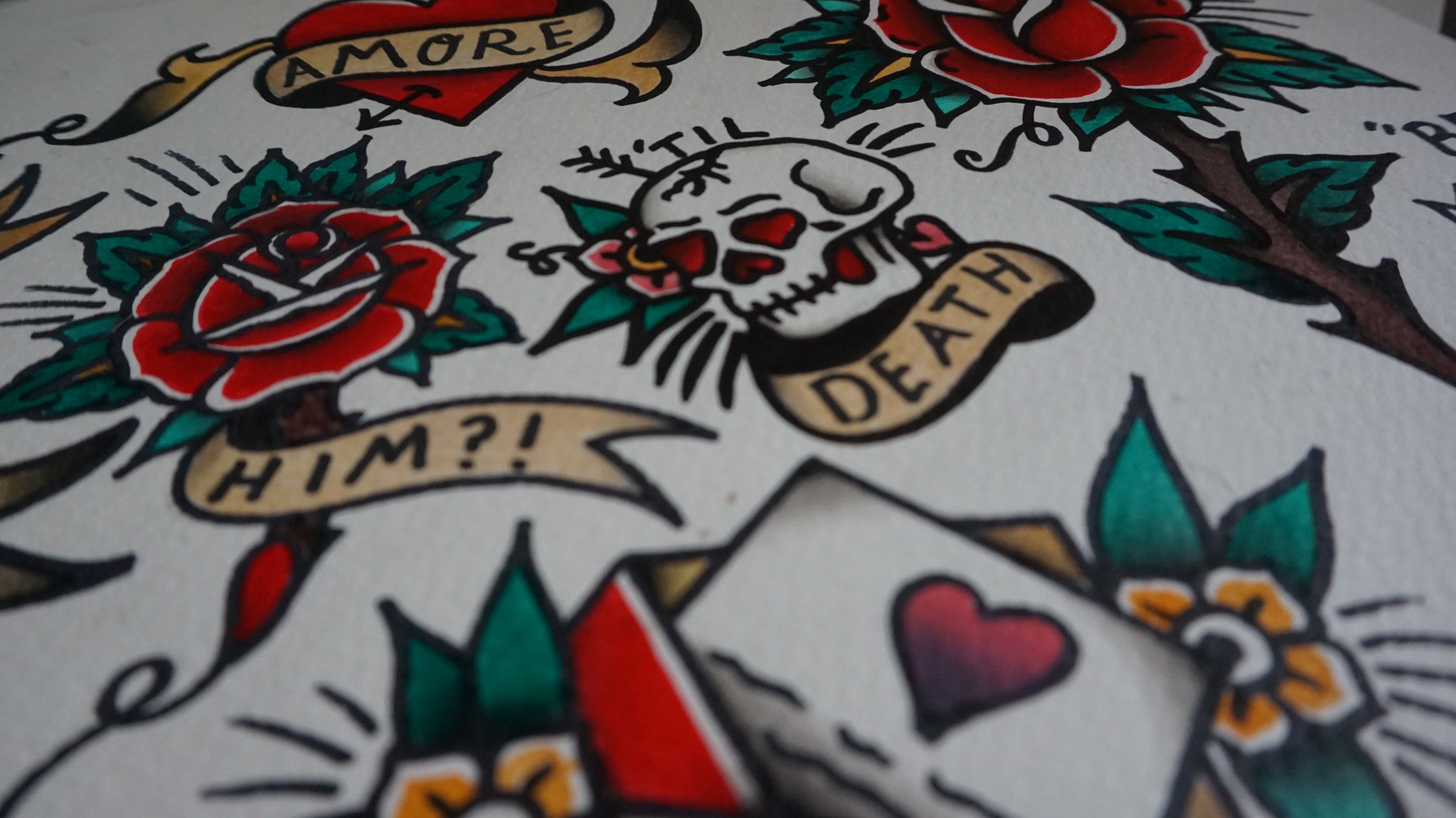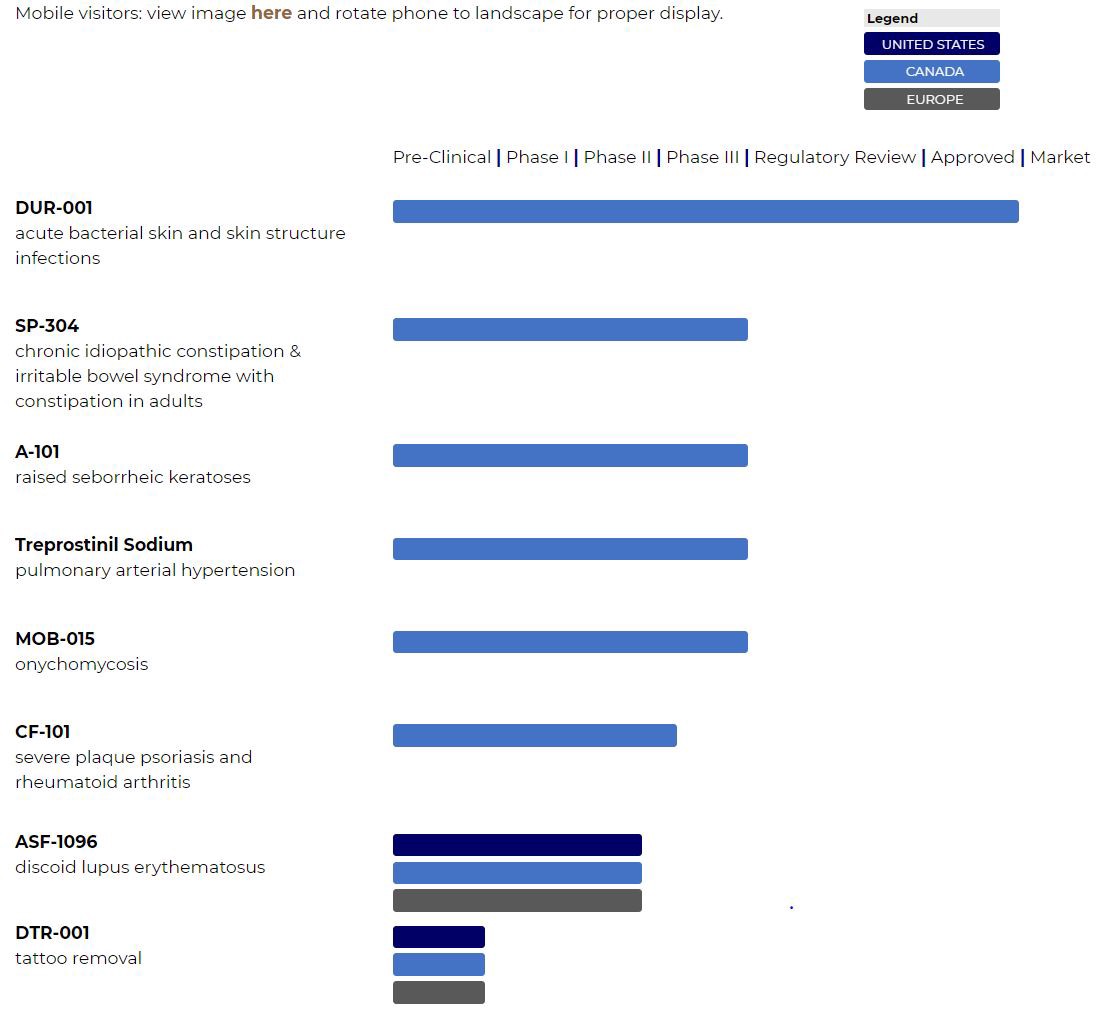? And It Will Change How You Think About Getting Inked
 Photo by Clem Onojeghuo on Unsplash
Photo by Clem Onojeghuo on Unsplash
Whether any fellow tattoo fanatics will admit it or not, most of us have at least one tattoo that we regret. This could range from having an ex?s name tattooed across your chest, or a rope from your upper thigh to the middle of your calf with a rooster hanging on the end
Until recently, the only way of removing a tattoo (short of a painful session with a cheese grater) was to endure multiple sessions of laser removal. Depending on the size, age and coloring of the tattoo, it could take anywhere from 10 to 15 sessions to ?completely? remove the tattoo. And for those on a budget, those 10 to 15 sessions can be prohibitively expensive. While price per session changes from country to country, a large tattoo removal in the UK can cost upwards of 8000 (approximately 10 000 USD).
The problem with this treatment method is that generally it only fades the tattoo, making it easier to cover over, rather than fully removing it. Laser removal can also be painful (physically and financially), and cause scabs, bruises and blisters. Due to the price and the pain, most people have settled for covering up their unwanted tattoos, or choose to just live with them.
Enter Alec Falkenham, a PhD student attending Dalhousie University, located in the quiet coastal city of Halifax, Nova Scotia in Canada. Falkenham had been working on his PhD thesis, which involved studying different ways to help heal the human heart after injuries. Eventually his interest in the human heart shifted to a potential side-project with a more commercially viable use: a tattoo removal cream.
 Photo by James Discombe on Unsplash
Photo by James Discombe on Unsplash
How It Removes the Butterfly from Your Lower Back:
Alec?s tattoo removal cream was developed as an offshoot from the heart tissue repair research he had been conducting. In order to understand how the tattoo removal cream works, we need to take a quick look at how tattooing your skin works in the first place.
When you get a tattoo you are injecting ink through the epidermis (upper skin layer) directly into the dermis (tissue layer below the skin). This layer is full of blood, hair follicles, lymphatic vessels, macrophages (white blood cells), nerves and other structures. When the body detects the ink being injected into the dermis layer it has an immune response, which tells your body it needs to ?clean out? the dermis.
To clean out the system the macrophages in the dermis layer attack and trap the ink, encasing it. Once the ink has been encased by the macrophages, the body assumes the problem has been solved, and the macrophages remain in place. And that is an elementary explanation for how your body will hold on to your tribal armband forever.
With laser removal treatments, a beam of light energy is pulsed onto the skin, targeting your tattoo. The pulses of light energy, enter your skin where they are absorbed by the ink, causing them to heat up and become unstable. Once they are unstable the ink particles will break up, and the lymphatic system will carry them away. As mentioned earlier, this method can be both painful and expensive.
This is where Falkenham?s cream comes in.
It Started With The Heart:
During Alec?s study of the processes of how the heart heals, he worked on the drug as a side project. It started as a modification of a heart drug designed to increase the turnover of white blood cells (macrophages). Unlike the heart drug, Alec?s tattoo removal cream works by being applied topically to the area of the tattoo.
Rather than overheating the macrophages, as with the laser treatment, the topical cream would attack the macrophages in the skin. Once the cells are broken open, the ink would be free to be carried away by the body. However, with Falkenham?s method there will be no painful lasers involved, and potentially fewer treatments.
Where is it now:
After developing the cream, Falkenham was approached Cipher Pharmaceuticals based in Ontario, Canada. In 2016 the PhD student and the company worked out an agreement for Cipher Pharmaceuticals to take over the licensing, and to create a topical cream for commercial production.
Unfortunately for those out there with a tattoo that they are just itching to get removed, the cream is still only in the pre-clinical trial stage of testing. As Cipher Pharmaceuticals has not prioritized this cream ? much to our dismay ? it may be another 10 to 15 years before clinical trials are complete (based on the standard time frame for clinical trials leading to FDA Approval).
 Cipher Pharmaceuticals Product Pipeline: DTR-001 (Tattoo Removal Cream)
Cipher Pharmaceuticals Product Pipeline: DTR-001 (Tattoo Removal Cream)
What This Means for The Future:
For the tattoo removal industry, Alec?s tattoo cream will be a game changer. It will allow for an easy, affordable and pain free method of removing a tattoo.
It may also serve as a catalyst for those who have been on the fence about getting a tattoo to finally take the plunge. If you knew there was an affordable and painless option to have the tattoo removed, wouldn?t you be less hesitant to get one?


